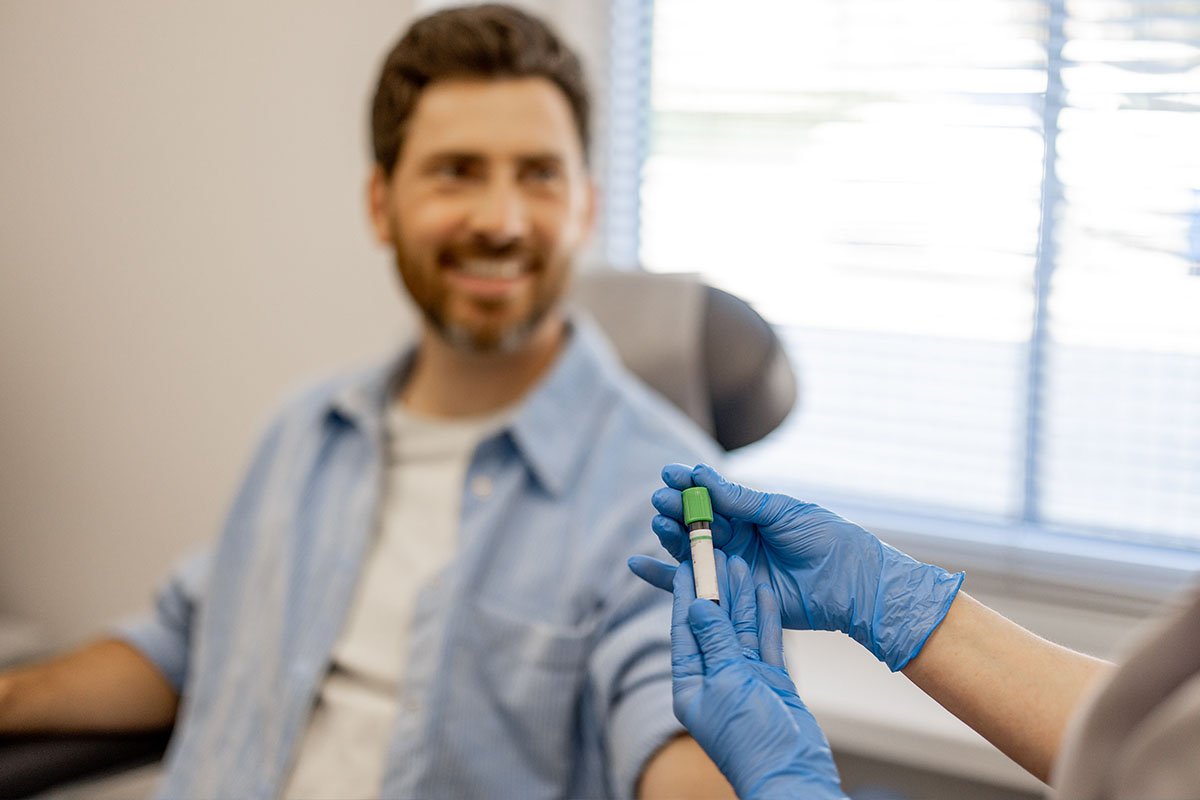I. The Gift of Life: Understanding the Bone Marrow Donation Process
A. Importance of Bone Marrow Donation
Bone Marrow Donation Process, play an essential role in saving lives, offering people with dangerous blood disorders and giving them a chance to regain health. Understanding the procedure for donating bone marrow is essential for prospective donors to make an informed decision and help in the life-saving effort.
B. Overview of the Donation Process
The process of donating bone marrow is a selfless act of offering healthy blood-forming cells those who are in need. This guide provides the steps to take from being a donor candidate to the benefits of this important act.
II. Becoming a Bone Marrow Donor
A. Eligibility Criteria
It is not for everyone to be an organ donor. Criteria for eligibility usually comprise age limitations, general health evaluations, and adhering to certain guidelines. Donors who are interested in donating must satisfy these guidelines to ensure the security and efficiency of the donation procedure.
B. Registration Process
The process of becoming a bone marrow donor starts with an easy but significant step: registration. Donors are able to register with various organizations and platforms, supplying the necessary details to be listed on the registry for donors.
III. Matching Process
A. Human Leukocyte Antigen (HLA) Typing
The process of matching is vital for a successful bone the marrow transplantation. HLA typing is a genetic test that detects the distinct markers that are present on both the donor’s and the recipient’s cells. Close matches improve the chances of the transplant being successful.
B. Identifying Compatible Recipients
After registration Potential donors stay at the register until they match can be discovered. The procedure involves a careful examination to find compatible recipients who need the bone marrow transplant.
IV. Preparing for Donation
A. Health Assessment
The donors who are selected undergo a comprehensive health check to determine if they’re suitable to be a suitable donor. This includes physical exams along with blood tests and consultations with health experts.
B. Education and Counseling
Donors receive a thorough education on the process of donating, possible dangers, and the post-donation recovery. Sessions of counseling aim to address any issues and ensure that donors are informed and are comfortable with their decision.
V. Types of Bone Marrow Donation
A. Traditional Bone Marrow Donation
Traditional donation involves the extraction of an ounce of marrow that is liquid from the bone by using an Syringe. This procedure is carried out under anesthesia to ensure that the donor feels no irritation during the process.
B. Peripheral Blood Stem Cell Donation
A different approach to traditional donation This method is based on stimulating an increase in stem cell production from bloodstreams of donors. The stem cells are then harvested by a process known as the apheresis.
VI. Donation Day
A. Collection Process
On the day of donation the method chosen, whether conventional or peripheral blood stem cells donation is carried out by experienced medical experts. Donors typically return home the same day.
B. Recovery and Post-Donation Care
The recovery process is usually quick donor experience little discomfort. After-donation care includes checking for any adverse negative effects and offering support when required.
VII. Impact and Rewards
A. Potential to Save Lives
The effect of bone marrow donations is immense, providing donors the chance to live living a long and healthier life. Donors feel the satisfaction of knowing that they played an important contribution to saving a person’s life.
B. Personal Satisfaction and Fulfillment
Beyond the obvious positive impact, bone marrow donation can bring a sense of satisfaction and happiness. Donors typically express a profound feeling of happiness knowing they had a positive impact on the life of someone else.
VIII. Challenges and Misconceptions
A. Addressing Common Concerns
Potential donors may be concerned about the process of making a donation. addressing common concerns and providing precise information can ease anxiety and inspires more people to consider donating.
B. Dispel Myths Surrounding Donation
The misconceptions surrounding bone marrow donations could discourage potential donors. The dispelling of misconceptions through education and awareness campaigns is essential in ensuring a healthy donor pool.
IX. Promoting Bone Marrow Donation
A. Raising Awareness
Making people aware of the importance of bone marrow donations is essential to build an extensive and diverse donor registry. Events, public campaigns and social media efforts help to raise awareness.
B. Encouraging Community Engagement
The role of community engagement is a crucial part in encouraging people to donate. Local activities, partnerships with non-profit organizations and community outreach programs create a culture that encourages giving.
X. Conclusion
In the end the bone marrow donation procedure is a testimony to the power of altruism and compassion. Each donor, with their selfless acts is a part of a community of support with possibility of saving lives as well as leave an enduring legacy of hope.
FAQs
- Do bone marrow transplants need an operation? Traditional bone marrow donation requires minor surgical procedures, however, peripheral blood stem cells are an outpatient, non-surgical procedure.
- What is the time it will take to recover from bone marrow donations? Most donors recover within a couple of days to several weeks with little discomfort.
- Do I have the option of choosing who will receive my bone donor? Donors typically do not have the option of select a specific recipient. The matching process is conducted in a non-public manner according to compatibility.
- Do you know of any risk to health that is long-term by bone marrow donation? Studies suggest that the donation of bone marrow does not pose health risks for the long term. Donors undergo a thorough screening process to ensure their security.
- Can I continue to be a bone marrow donor even though I suffer from a medical condition? Eligibility depends on the medical health condition. Certain conditions can make a person unfit to donate but others could not. It’s essential to talk with health professionals for personalized advice.
🌟 Got Questions? Reach Out to Us!
We’re here to answer your questions and assist you in any way we can! If you couldn’t find the information you’re looking for on our website or if you need help with a specific matter, please don’t hesitate to get in touch.
👉 Contact Us, and we’ll get back to you as soon as possible. Your inquiries matter to us!
🌐 SoracaMed – A World Filled with Health and Information!
If you are considering treatment, you can reach our expert team via WhatsApp. Contact Us to connect with us for Bone Marrow Donation Process.




